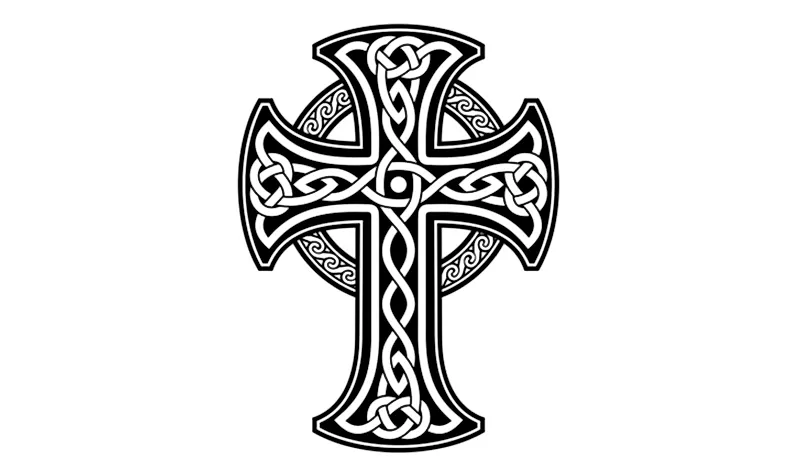What are the Celtic Nations?

Celtic is the collective term of languages spoken in Northern Europe. Examples of these languages include Scottish, Manx, Welsh, Irish, Cornish, and Breton languages. The history of Celtic languages predates Christianity and the Roman Empire as they were spoken in modern-day France and England back in the Iron Age. While all the Celtic languages exist, others such as Cornwall nearly became extinct but were saved through language revitalization movements. Celtic Nations are countries in Europe where the Celtic language has native speakers.
Celtic Nations
The sole characteristic which defines all Celtic nations is the existence of a Celtic language. In this regard, six regions in the world are recognized as Celtic nations, and these are Ireland (Irish language), Brittany (Breton language), Isle of Man (Manx language), Cornwall (Cornish language), Scotland (Scottish Gaelic language), and Wales (Welsh language). Of these Celtic nations, Scotland has the largest population of Celtic people, with over 1.9 million people who are competent in Scottish Gaelic speakers, which represent 29.7% of the total population. Celtic languages in the Isle of Man and Cornwall were saved through revitalization movements, as the Cornish and Max languages were both nearly extinct in the past.
Celtic Outside Europe
However, there are other countries in Europe which are recognized as being of "Celtic heritage", and these countries include England, Spain, Portugal, Austria, France, and Iceland. Celtic populations can also be found in regions outside Europe. Argentina has a significant population of Welsh people who are domestically known as the Y Wladfa. Welsh people arrived in Argentina’s Patagonia region starting in 1865. Other countries where Welsh people are found include the United States, Canada, Australia, and New Zealand.
Pan-Celtic Movement
A movement exists amongst the Celtic Nations that advocates for the cooperation and solidarity between the constituent nations, which is known as the Pan-Celtic Movement. Some factions in the Pan-Celtic Movement go as far as suggesting that Celtic nations form an independent federal state after seceding from France and the United Kingdom. The idea of a union of Celtic people was conceived by a Scottish scholar, George Buchanan in the 16th Century. However, the 18th Century was the time the Pan-Celtic Movement became outspoken in what was known as the Celtic Revival. Proponents of the movement saw the establishment of the Celtic Congress and oversaw the increased use of Celtic language in literature including the translation of the Bible into Breton. The Pan-Celtic Movement led to the establishment of Celtic studies as a field of study in academia. The Pan-Celtic movement witnessed its peak in the 19th and 20th Centuries, but its influence would considerably decline in subsequent years.
Celtic Congress And Celtic League
The Pan-Celtic Movement inspired the establishment of the Celtic League and the Celtic Congress, two organizations which are aimed at advancing the use of the Celtic language and revitalizing the endangered Celtic languages. Formed in 1961, the Celtic League calls for the establishment of an independent Celtic state made up of the six Celtic nations. The Celtic Congress is an organization formed in 1917 whose primary function is to promote the use of Celtic languages in the Celtic nations. Unlike the Celtic League which is more of a political organization, the Celtic Congress is a cultural organization.











